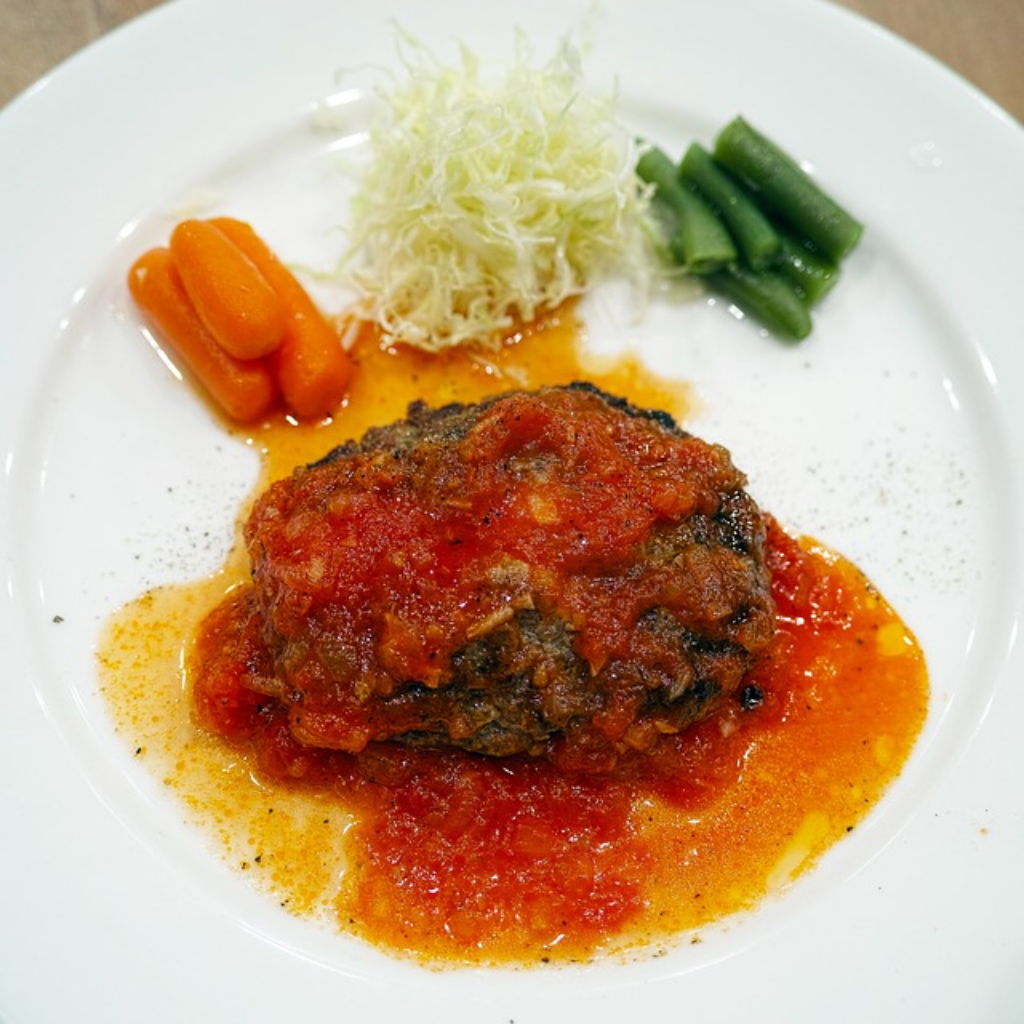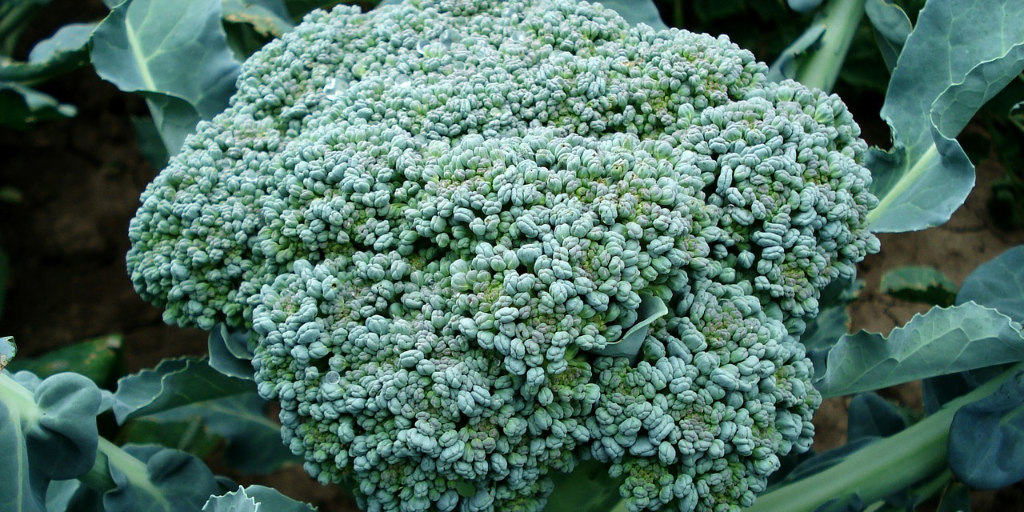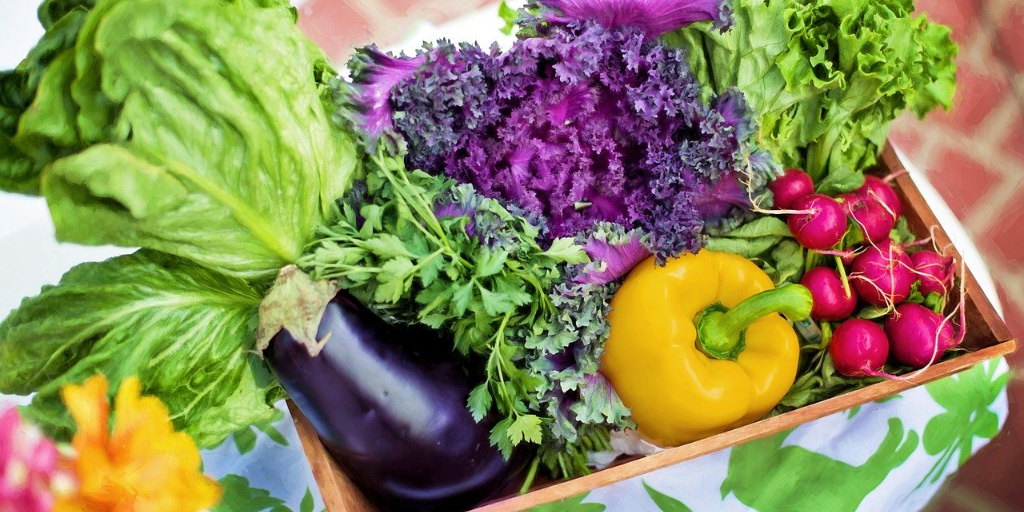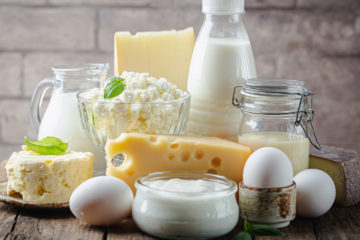It is estimated that over 90% of cancers are due to environmental factors. Of these, it appears that about 35% are linked to diet. Our food is one of the major reasons we have a cancer epidemic in the West. Certain diets are more likely to be present in high cancer communities. In this post, I’m looking at what comprises the perfect ‘get cancer’ diet.
Food-Cancer basics
How does food affect cancer risk?
- We eat foods that contain substances known to cause cancer (carcinogens) or else,
- We are NOT eating sufficient cancer-preventative substances in our food to repair damage from the carcinogens eaten and other environmental chemicals.
Either way – food is implicated.
Carcinogens in the Western Diet
The Standard Western Diet includes three particularly harmful components which both expose us to dangerous levels of carcinogens and limit anti-cancer substances we should be getting from food. The more closely we follow this dietary pattern, the higher our cancer risk.
These three components are:
- Processed foods
- Excessive animal protein
- Dairy foods
Processed foods and cancer
In Australia, processed foods make up over 35% of our diet (compared to 63% in the USA). These foods are refined – no longer in their natural state. If it contains flour, vegetable oil or sugar, it is likely a processed food. This includes most commercial bread, baked goods and breakfast cereals.

Cured meats are in their own class. These processed foods are classed as Class 1 Carcinogens by the World Health Organisation. This places them in the same category with cigarette smoke, plutonium and asbestos. Cured meats include salami, ham, bacon, devon, twiggy sticks and chicken loaf.
The more processing a food undergoes, the more of its natural cancer-fighting chemicals are lost. It becomes a food that adds calories while not adding any health benefit. The body must expend energy and nutrients to digest and use it, but it does not give back in any significant way. In this way it depletes the body of what it needs to stay healthy.
Animal protein and cancer
Around 42% of the calories of the Australian diet comes from meat, dairy and eggs (compared to 25% in the USA). This situation is a cancer nightmare.
All animal cells lack fibre. Fibre helps remove excess oestrogen hormones circulating in the bloodstream from the body as well as heavy metals and other contaminants the liver has cleared out. Both of these can increase cancer risk. Effective clearance of estrogen and contaminants requires a diet with over 25g of fibre a day.

Extra animal protein in your diet can increase your risk of dying of cancer by 4%. <This study> of 6,318 adults showed that those eating even a moderate animal protein diet were 3 times as likely to die of cancer than those eating less than 10% of their calories of animal protein. This appears to be because animal protein raises insulin-like growth factor 1 (IGF-1) which is a major driver of most cancers. Eating meat of any kind at both lunch and dinner means you are likely eating too much of it.
The high cholesterol content of animal foods increases tumour growth. Cancer cells suck up cholesterol thirstily to fill the increased cholesterol ‘lipid raft’ in the walls of their fast-growing cancer cells. There appears to be a dose-responsive relationship with pancreatic cancer and cholesterol, as well as endometrial cancer, throat cancer, stomach, colon, rectum, pancreas, lung, breast, kidney, bladder and bone marrow cancers with an 8% increase of cancer for every 100g of dietary cholesterol eaten.
Lastly, animals are higher up the food chain. They concentrate environmental chemicals in their flesh. <This post> describes the ways heavy metals get into fish and farm animals, then into us. This exposes humans who eat them to dangerous levels of these carcinogens.
Dairy and cancer
High oestrogen increases the likelihood of cancer spreading. Oestrogen increases with body fat, but the largest source of oestrogen in the Western Diet is in dairy foods, followed by eggs. Studies have linked dairy to an increased risk of breast, ovarian, and prostate cancers. As little as half a serving of high-fat dairy per day increased risk of death significantly from breast cancer in a study of 1,893 women. <This post> looks at more ways that dairy is harmful and cancer-promoting.
Anti-cancer Foods
- Antioxidants – repair DNA
- Phytochemicals of different types – halt cancer processes
- Micronutrients – lots needed for proper functioning of the whole body
Anti-oxidants
Antioxidants protect cells from damage caused by unstable molecules known as free radicals. Free radical damage is associated with cancer. After cell DNA is damaged, if it is not repaired, cancer can be initiated. Antioxidants interfere with all the cancer cell stages (formation, growth, differentiation and metastasis). Diets rich in antioxidants include a variety of fruits and vegetables.
Phytochemicals – the Specialists
Another benefit of vegetables may be due to the effects of their natural phytochemicals.
Indole-3-carbinole and glucosinolates in cruciferous vegetables induce Phase 2 liver enzymes to more efficiently remove carcinogenic chemicals.

Garlic and onion phytochemicals stop cancer cells from forming new blood vessels to bring nutrients to themselves. Stopping this process of angiogenesis starves cancer cells.
Soy foods contain many fibers and phytoestrogens that block the cancer cell cycle, as well as encouraging damaged cells to kill themselves (apoptosis). Soy isoflavones also do the same as onions – they inhibit angiogenesis. It is not surprising that the higher the consumptions of soy foods, the lower the risk of prostate and breast cancers.
You can read <here> about the four main cancer-fighting foods – which all happen to be vegetables, or fungi.
Why we need Micronutrients
Only 23% of the Australian diet is plant foods (only 12% in the USA). The most popular plant foods are chips/fries, tomato sauce and fruit juice. These are all processed foods; they carry the same risks as other processed foods.
One of the problems with this abysmally low amount of plant foods is that the diet lacks in anti-oxidants and phytochemicals, which both fight cancer-processes.

The other problem is that a diet low in whole plants is simply too low in the range of vitamins and minerals needed for the proper functioning of the whole body. The building blocks are simply not there for each cell to be properly carrying out its needed function and clearing out leftovers from natural processes. As a result, it leaves organs at higher risk of tumour formation.
The new government standard for basic health is 10 serves of fruit or vegetables a day.
Western Diet Summary
The Western diet contains far too many inflammatory and low micronutrient foods. You can’t make the Standard Western Diet healthier by just eating smaller portions of it.
The key to health is getting a high number of micronutrients to calories, and a diet high in whole plants and low in processed foods and animal products is the only way to accomplish this.



0 Comments